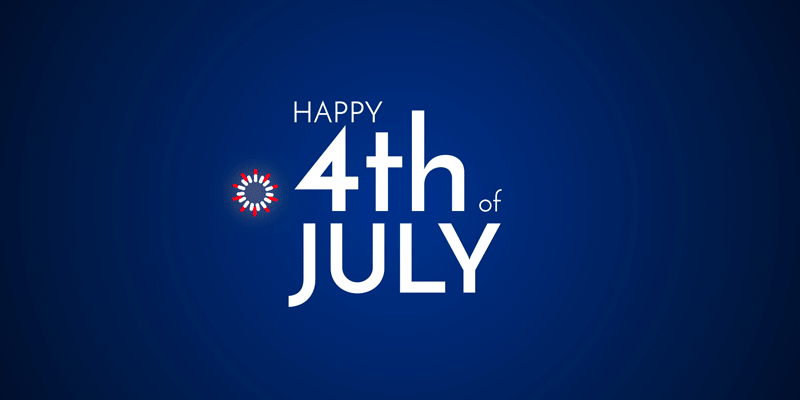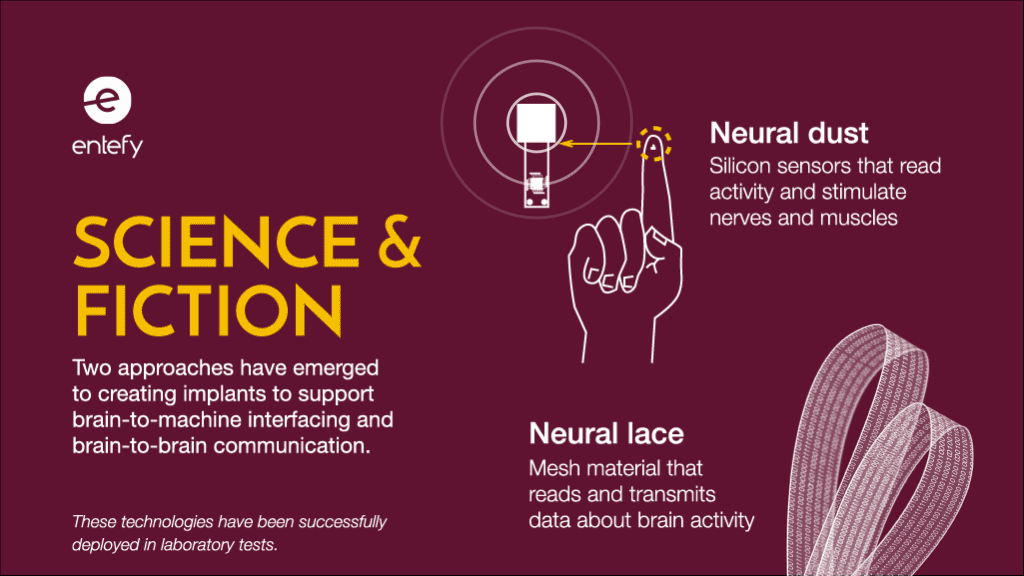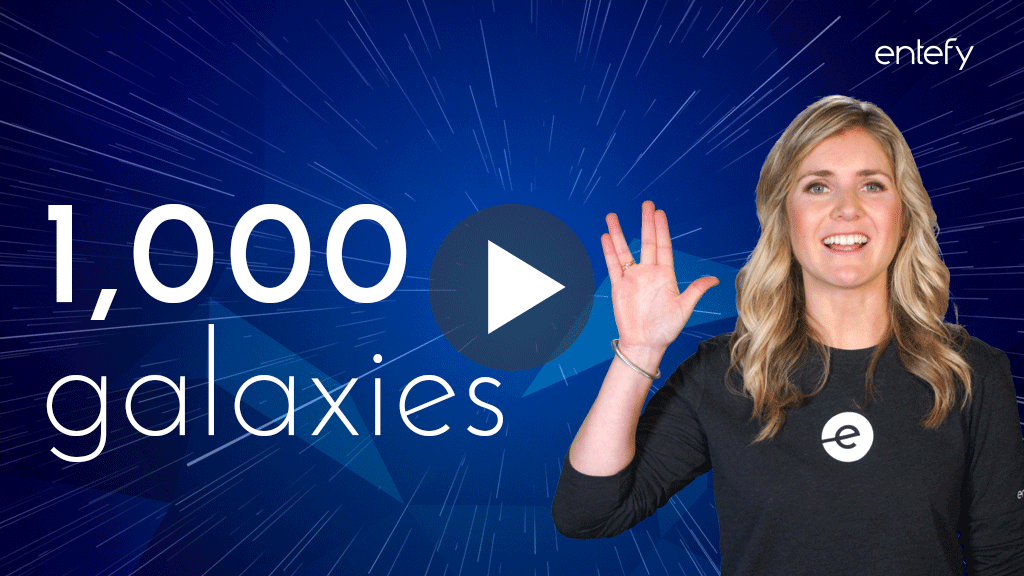For all the excitement around artificial intelligence and other automation technologies, we’ve only seen a fraction of the opportunities automation will create. With all the change still to come, it’s worth considering now the role these technologies will play in your company’s future.
The practical benefits of automation are many: fewer data-entry errors, faster customer service response times, workload automation, better resource management, and the ability to turn legacy data into powerful insights. These functions enable your company to operate more efficiently. They also empower your employees to excel in new and exciting ways.
Chatbots present an interesting example of this. Most chatbots are a rather basic application of artificial intelligence. But recent advances in AI and natural language processing have made chatbots more capable at delivering customer service. If a chatbot can handle basic to mid-level queries, you can reassign human customer service representatives to more in-depth tasks. The growing use of chatbots hints at the capabilities we’ll see with more advanced automation systems in the future.
But automation isn’t a silver bullet that’s going to remake your company overnight. You need to be selective about which tools you integrate and which tasks you leave to employees. Although we’re still in the early stages of the automation revolution, you want to be thinking now about the opportunities and challenges it creates. Given the accelerating pace of innovation of new technologies, it’s critical that you address the implications today so as not to get left behind tomorrow.
The following 5 action steps help prepare your organization for AI and other automation technologies:
1. Evaluate existing processes
Thoroughly examine each department and all the processes within it. You may choose to automate some tasks so your employees can focus on higher-value responsibilities. Hold discussion groups or automation summits within the company to find out which processes can save time and money with automation.
Start by asking your employees questions like:
- Which tedious, repeatable tasks eat up large portions of the day?
- If one low-value aspect of their jobs could be offloaded, what would it be?
The answers to these questions will illuminate your company’s areas of greatest opportunity. And with mundane, time-consuming responsibilities removed, you may see a jump in productivity among your newly liberated team members.
2. Encourage continuing employee education
It is now conventional wisdom that continuous learning is crucial to staying relevant as a professional. Pew’s research into the future of jobs and training found that 87% of Americans “believe it will be essential for them to get training and develop new job skills throughout their work life in order to keep up with changes in the workplace.” Investing in training helps your company stay competitive in the short-term and cultivate talented employees to become forward-thinking leaders in the future.
Harness this awareness to encourage learning wherever possible. You might subsidize the costs of online courses, university classes, or advanced degree programs. On-site trainings and workshops enable learning opportunities for all team members, even those who have limited time for outside learning due to family commitments or financial constraints. Such learning sessions should also be tailored to your company’s needs so you can ensure that the skills people are learning will be applied effectively within the organization.
Bear in mind that any policies toward ongoing education should be flexible, as new forms of credentialing and digital learning will emerge alongside automation. Support employees’ varied learning styles as well. Some will thrive in classroom settings, while others excel in self-directed capacities. The key is to foster a lifelong learning mentality so employees can evolve with the changing nature of their work.
3. Hold conversations about automation’s impact
No one likes boring, mundane work. This is especially true of younger professionals today, who desire meaning and fulfillment in their work. AI and automation technologies can help your company deliver that experience.
Beyond increasing profits and improving output, consider what automation means for your company’s mission. Invite employees to monthly discussion groups to explore automation’s broader impact. Discuss topics like:
- How will these tools improve the lives of your employees and customers?
- If team members have fewer tasks to complete, can they use their extra time to pursue their own ideas?
- Will automation equate to autonomy on when and where they work?
These are conversations you want to start now, before they become urgent. Automation might impact every member of your team, and every one of them should be part of the discussion.
4. Adopt modern collaboration processes
The rise of automation has put a premium on interpersonal skills. Machines can manage data and tackle simple tasks, but they can’t reassure anxious clients or resolve conflicts among team members. There’s no single goal for getting the most out of AI and automation. But the companies likely to thrive over the long term are the ones that use automation to refresh or even transform their business models.
Successfully managing this change requires teams that are adept, sophisticated collaborators. And the cornerstone of collaboration is strong communication practices. To ensure your company is prepared for this emphasis on collaboration, take the time now to evaluate your communication processes. Open dialogue and healthy conflict resolution will prove essential as employees collaborate on increasingly challenging questions.
5. Map out the road ahead
Research into the fundamentals of automation suggests that many employees will experience significant evolution in their roles and responsibilities. As AI and other automation technologies mature into transformative products, it’s critical your company is working from a well-crafted plan for how to take advantage of the opportunities.
Automation will change your company – you know that for certain. The most exciting aspect of these changes isn’t the impact to day-to-day operations. It’s the opportunity to grow your company into a stronger, more productive organization.










